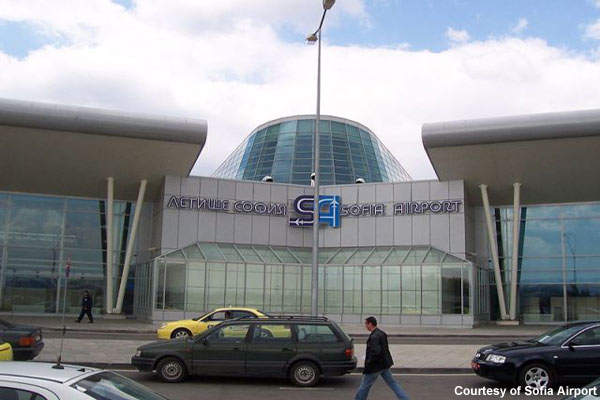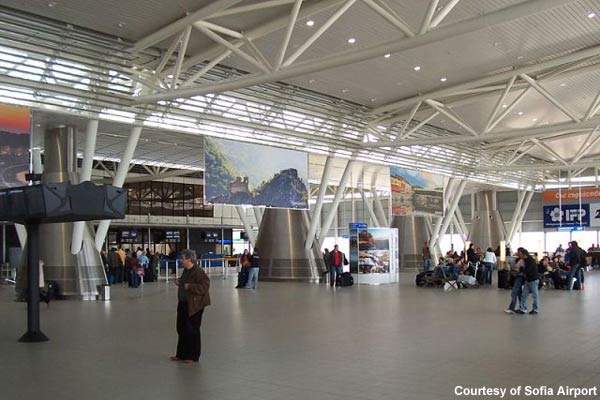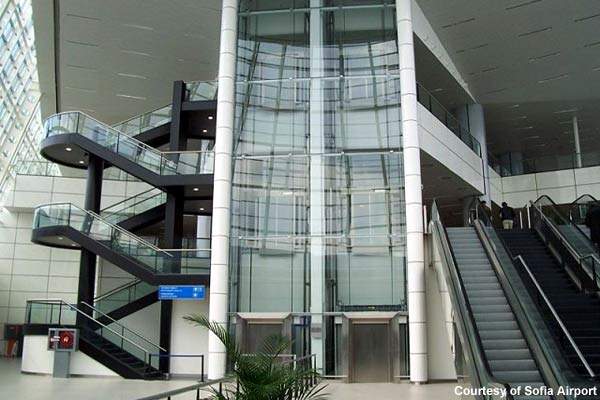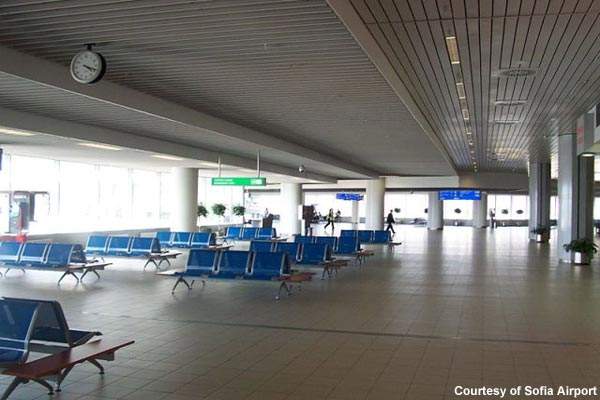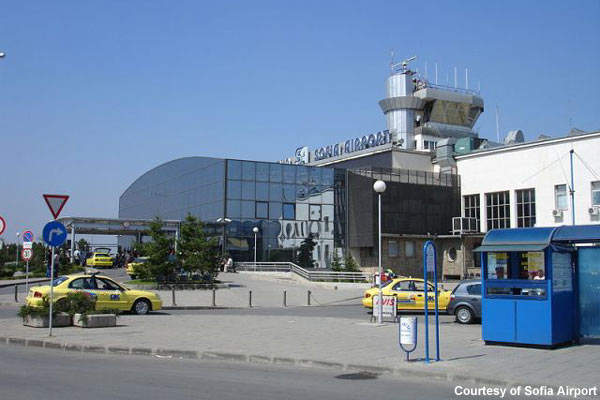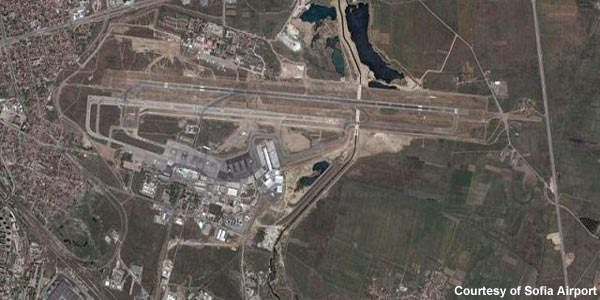Sofia Airport is located 6km east of the centre of Sofia, Bulgaria and is the main hub for the national carrier Air Bulgaria. Over the years the airport has been reconstructed and modernised a number of times with the last reconstruction taking place in 1989. New expansion projects were started to address some of the basic lack of capacity at the airport.
In 1996–1997, because of the fundamental lack of capacity, the airport was not in a position to provide the necessary facilities for the increased flow of passengers and cargo it was starting to see.
To meet this increase of traffic, the government of Bulgaria (the owners of the airport) felt that the airport infrastructure was in need of massive investment and modernisation. A decision was taken to reconstruct and refurbish the airport at the existing site.
The Ministry of Transport commissioned and later put into action an updated master plan for the reconstruction and modernisation of Sofia Airport. The redevelopment was intended to take place over three phases between 1997 and 2010, but the actual process was not as cut and dried as this.
Sofia Airport reconstruction
The main reconstruction process was divided into two main projects. These were the construction of a new terminal building and the construction of a new runway.
With funding being made available from the European Investment Bank (EIB) (€60m) and the Kuwaiti Fund for Arab Economic Development (€41.5m) and the EU Phare programme (€7.6m) in 1997–1998 amounting to €109.1m the project was started. In 2000 further funding from an ISPA grant of €50m was made available and this gave a good financial basis for the project.
A Dutch company, NECO BV, was employed as engineering and geological consultants for the project but also supervised the final stages of construction of the new terminal. Other contractors included COWI Consulting Engineers and Planners A/S of Denmark, KEO International Consultants of Kuwait and STROL 1000 of Bulgaria.
Construction
The terminal construction contract was awarded to Strabag of Austria with a contract budget of €112m (subcontractors included Balkanstroy, Trace Group and Monolit 3). The new runway construction was awarded to Mohamed Abdulmohsin al Kharafi and Sons, a company from Kuwait and Admak General Contracting Co from the United Arab Emirates.
The contract to construct the terminal did not run as smoothly as expected due to some misunderstandings between Strabag and the Bulgarian Government (cost overruns and planning and design inconsistencies) and although the terminal was due to open in 2004 it actually opened in December 2006 (this was due to disputes over the cost of steel and also because part of the terminal roof caved in during construction).
The 50,000m² terminal building has a total of seven gates with air bridges (the first airport in Bulgaria to have such), 38 check-in desks and has a multi-storey car park with a capacity of 820 vehicles. The terminal is capable of handling 2.6 million passengers and 26,000t of cargo a year. With passenger numbers in 2006 at 2.2 million the terminal is still well inside its capacity (passenger numbers were expected to rise to 2.6 million by 2009 but in 2007 the airport handled 2.746 million passengers which was 500,000 more than the 2006 figure).
The older terminal is still in use and is for the use of low-cost airlines providing inexpensive flights to Bulgaria. The old terminal one has of course been spruced up a little with the old frontage replaced by a modern fascia, providing increased shelter and light. In addition a new mezzanine cafe bar was installed to cater for waiting passengers.
Currently the airport is also awaiting the completion of a new maintenance facility for Lufthansa Technik Sofia (its new maintenance joint venture between Lufthansa Technik Group (80%) and Bulgarian Aviation Group (20%)). The new facility will employ 350 staff and service narrow body aircraft for a range of customers starting in the fourth quarter of 2008.
Runway construction
The runway construction proceeded smoothly with the new 09/27 oriented runway being paved in asphalt and achieving a length of 11,811ft (3,600m). The old runway is still in use as well. As the new runway was built by the side of the old one the old runway was then converted into a parallel taxiway. The new runway was offset by 210m to the north of the old runway.
The new runway was opened on 31 August 2006. Both the old and new runways have the distinction of actually crossing a river supported on a bridge (river Iskar).
The new runway can operate at a capacity of 200 aircraft movements an hour. The runway has navigational aids to enable operation in ICAO category III visibility and there are also two de-icing platforms.
Terminal two facilities
Terminal two has been made particularly disabled-passenger friendly with a number of ramps, elevators and facility enhancements. The airport has a number of retail shops and business lounges situated on the airside after passing through border control. There is also a car hire desk, tourist information desk, post office and food court. The landscaping around the terminal includes an artificial lake and a fountain.
One of the big draws is of course the centrally located duty-free and tax-free shop and the ‘Spirit of Bulgaria’ these shops make available both leading international liquor brands as well as Bulgarian wines, brandies and rakees not available on the international market.
A new Sofia Airport Centre has also been constructed adjacent to terminal two. This will include: corporate offices, hospitality a logistics centre and a variety of transition facilities for passengers.
New ATC tower
The new ATC has to finish construction by 2010-11, as announced by the Administration of Air Traffic (RVD). In August 2008 a design for the tower from Arhitektonika Studio OOD won an international competition and was chosen as the tower design to be constructed.
The construction and engineering contractors for the project will be chosen by the start of 2009. The project will proceed in conjunction with the National Air Traffic Controllers Association in Bulgaria, who will oversee the equipment fit-out for the tower.

